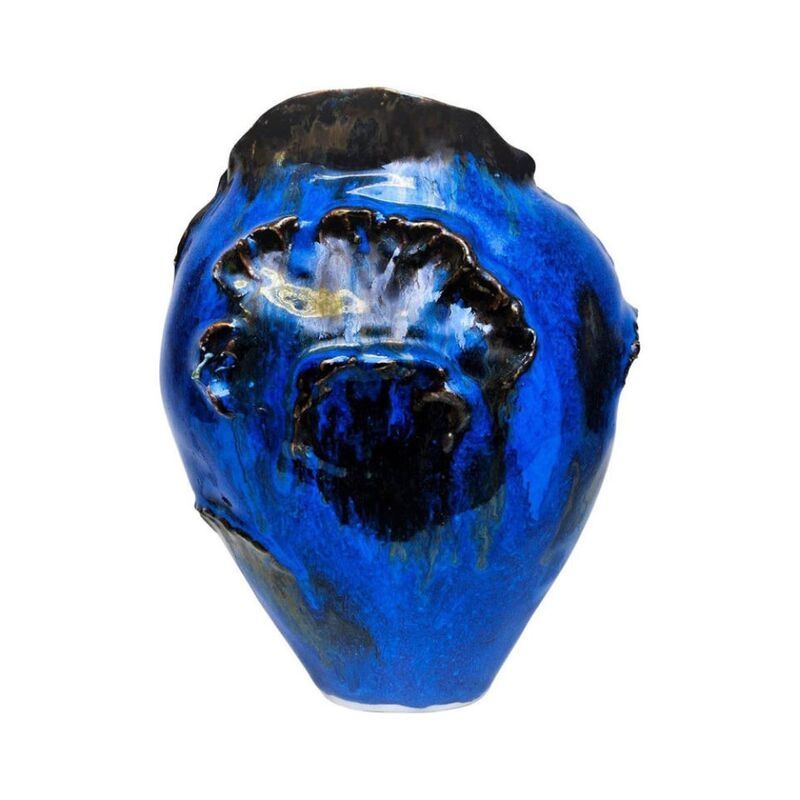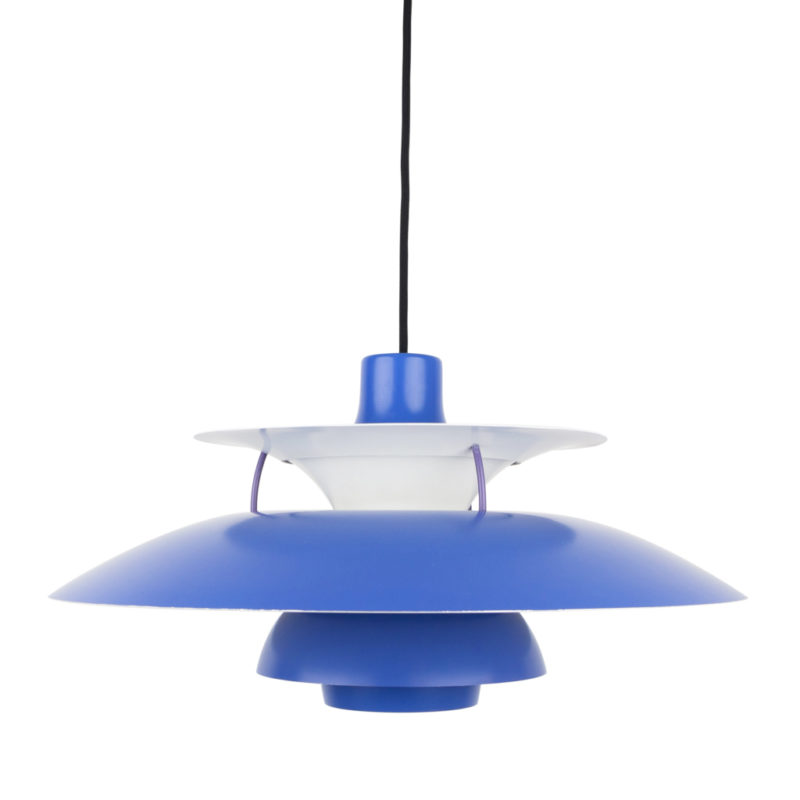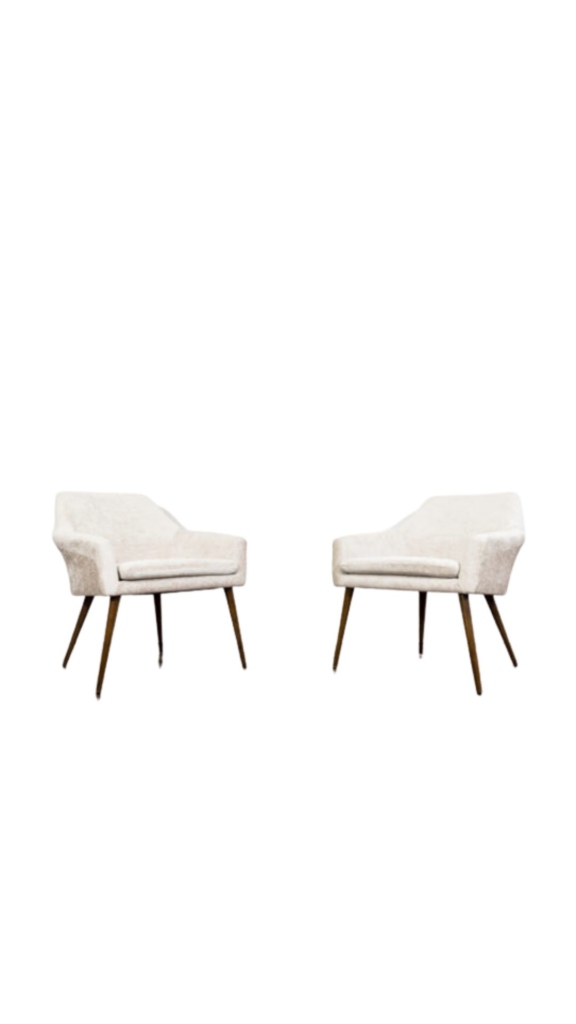I am
very interested in how and what you see. It never occurred to me that one could detect which measuring system was used by the appearance of the object. If I didn't misunderstand you, could you elaborate ?
I admit to being out of my depth when contemplating and using metric measurements -- despite their being the more "logical" and comprehensible than inches and feet. I do believe that we become wedded to the system we use, and I personally feel so comfortable with the Imperial divisions -- the oddly poetic fractions of 8 parts or 12, and multiples of those as the increments get smaller and smaller. I have no doubt that the system affects the kinds of thicknesses, etc, that one arrives at (in my case very often it's the commonly used 3/4" panel and board dimension) -- but as to affecting proportion I am less sure.
(Many of my drawings suffer from my concentration on a new constructional idea or detail, which I am in a rush to document and incorporate into the depiction of a piece of furniture. It is assumed that proportions would be refined with further drawing -- which often remains to be done. In the case of many tables, drawn ten or more years ago, I find that I would proportion them differently today: I tend now to extend the end cantilevers much more than previously, giving room [potentially] for three persons to sit outboard of the legs, rather than one.)
While we're at it, here is another collection. The ones at the end might be of interest to DA-ers:
http://savewright.org/wright_chat/viewtopic.php?t=2484#2484
Whitespike
If you are spatially oriented like I am, you might want a full size crude mock up. I suggest getting a shipping carton from a scooter or moped shop. I have used them before and got large sheets of 1/2" thick corrugated cardboard. It is very light, very ridgid, and cuts easily with a matt knife. In short order you can have a full scale model that is self supporting that you can sit up against. This would help eliminate disappointments in scale, shape, and height.
An excellent
idea, glassartist. I have used inexpensive sheet goods (4x8 panels) like Homasote or a similar lightweight board made for sound deadening -- these cost less than $10 last time I checked. But they are only 1/2" thick -- and not free altogether of cost. Corrugated cardboard cuts more easily, too.
Almost halfway
back up this thread, Koen speaks of a glass table which he designed for his own use, to be made by a craftsman of his acquaintance. I was intrigued by what I read, and asked to see photos, which Koen kindly took and forwarded to me. I then prevailed upon him to let me post the table here, for other DA readers to enjoy. The result is below. Of the design Koen writes:
"The middle section is a kind of long trivet because glass would not survive even a small mistake. I made it in modular sections that can be replaced with anything from a fondue set to a simple dish warmer. It also allows the end sections to be replaced with flat glass in order to seat two more people.
The surface has a very rigorous geometrcal pattern; in the "legs" the elements fall apart in a free fall with a slight accumulation of elements close to the floor."
.
Koen, is it possible to reveal what sort of adhesive was used to assemble your table -- or is that a trade secret ?
(I am thinking of the completion, some years ago, of a very large indoor aquarium tank in Monterey, CA, whose joints were sealed on-site by the Japanese company who perfected the technique. No one was allowed to view the procedure, as I understand it.)
Okay --
well, my next question will be about the trivet-strip you have made for the center void of the table. Did you construct this yourself ? It appears to be of one piece -- perhaps joined with a pair of rods passing through the staves and some hollow spacers -- of copper tubing, perhaps ?
Does this piece come apart into segments, as suggested by your text ? Or is it replaced by shorter pieces when the alternate "fillers" -- glass, wood, etc -- are in use ?
It does not appear to be supported by the long edges of the adjacent glass, only by the two vertical legs slabs near each end. . .
It delights me to see a scheme I have often imagined, actually put into use. Congratulations for this handsome accomplishment. The "wallpaper" pattern incised into all the parts of the table -- as though it had been entirely made of a printed fabric, or (more accurately ?) of a hand-printed paper, with both regular and irregular versions of the "pattern" -- is just delightful. (At the risk of an unwelcome comparison, one thinks of the work of architects Herzog and De Meuron -- and others, now -- who play continually with delightful and inventive patterns on the surfaces of their buildings. . .)
If you need any help, please contact us at – info@designaddict.com









